Discovering Cultural Rituals Through the Lens of Clothing
12 January 2025
When was the last time you stopped to think about the stories that clothing can tell? Clothes aren't just what we throw on to protect ourselves from the elements or express our personal style—they’re historical artifacts. They are woven with meaning, stitched with tradition, and embroidered with the soul of a culture. In this article, we’re about to embark on a fascinating journey to understand how clothing reveals the rich tapestry of cultural rituals across the globe.
Grab a cup of tea, get comfy, and let’s explore how the fabric we wear tells the stories of generations before us.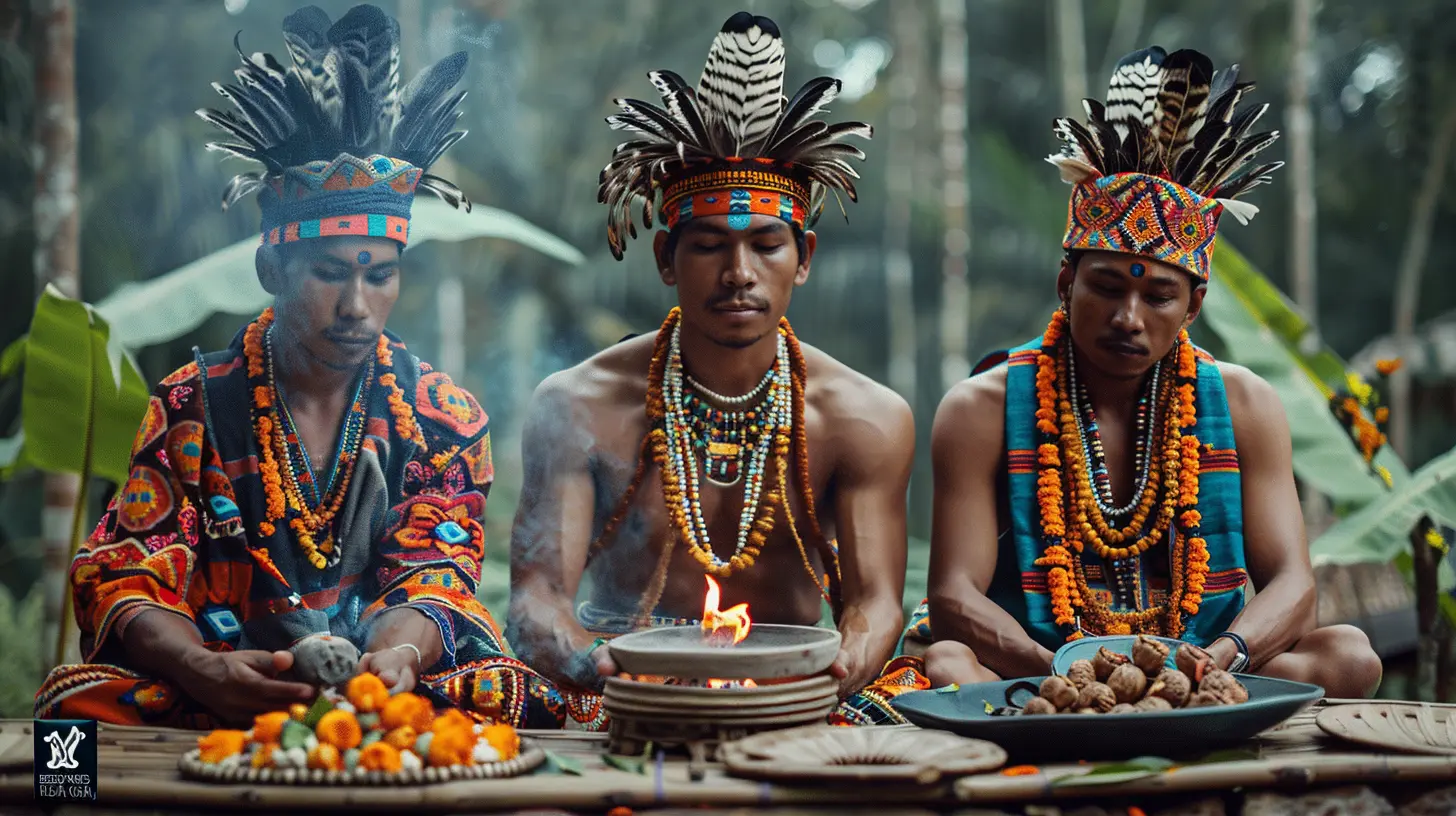
Clothing as a Mirror of Culture
Ever heard the saying, “You are what you wear”? Well, it’s not just fashion advice—it’s cultural wisdom. Clothing is more than just a physical layer; it’s a mirror reflecting identity, beliefs, and societal norms. Around the world, traditional attire has been used to mark milestones, celebrate festivals, and even differentiate social status. Simply put, clothing is like a “cultural ID card.”Take the kimono in Japan, for example. It may look like an elegant outfit to the untrained eye, but did you know its patterns, colors, and even how it’s tied can reflect someone's age, marital status, or the season? It’s fascinating how so much information can be conveyed without even saying a word! 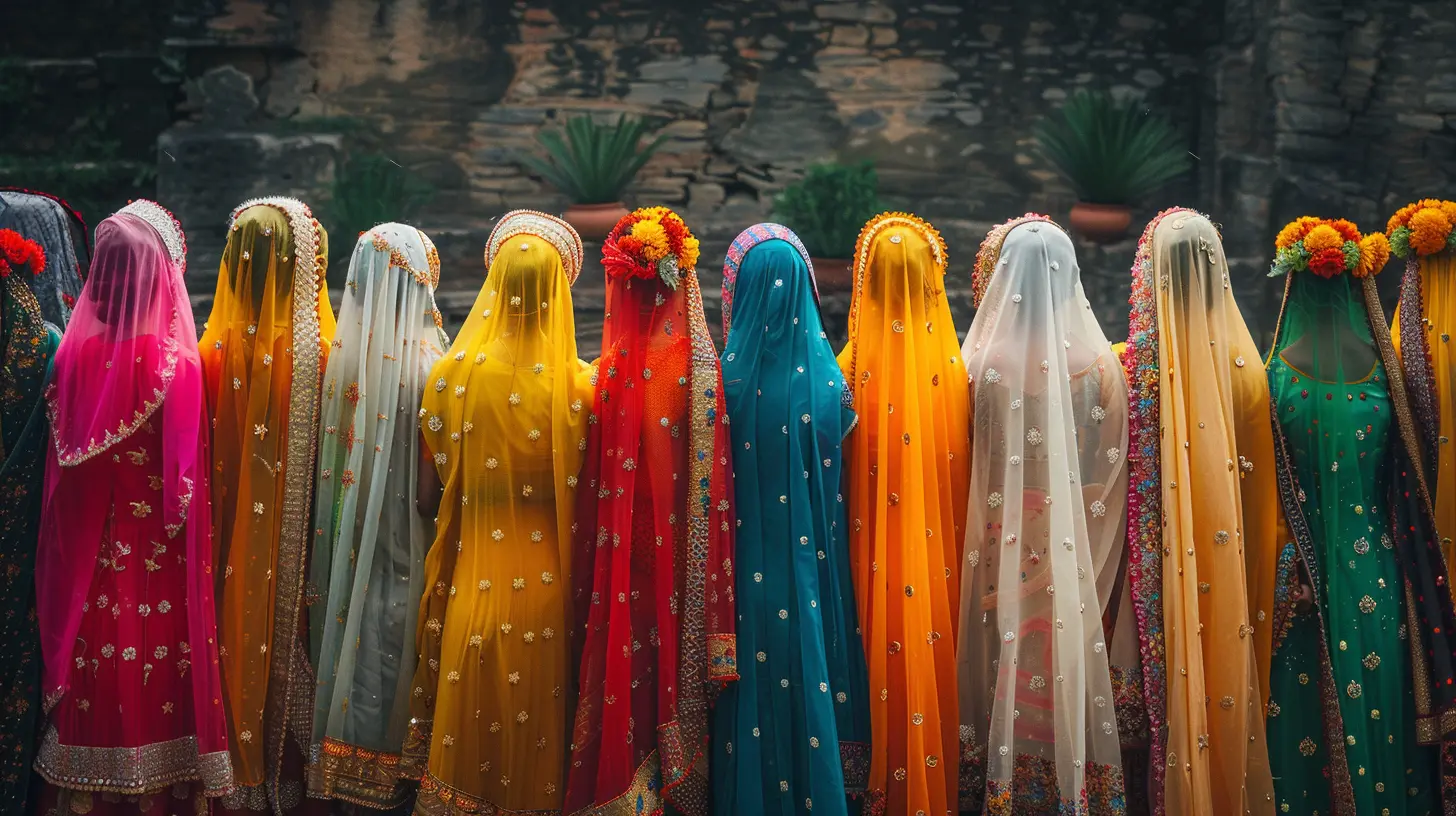
The Role of Clothing in Cultural Rituals
1. Marking Milestones: Birth, Coming of Age, and Marriage
Rituals surrounding life’s big milestones—birth, coming of age, and marriage—are often incomplete without the right attire. And no, I’m not just talking about fancy dresses or tuxedos at weddings. Many cultures have intricate, meaningful ensembles that play a central role in marking these occasions.Let’s talk about the Maasai community in East Africa. When a young Maasai man comes of age, he wears a bright red “shuka”—a traditional checked cloth—symbolizing courage and strength. The color isn’t chosen randomly; red stands for power and is believed to scare away predators, both literal and metaphorical, in their lives.
On the other side of the globe, Indian bridal attire plays an equally symbolic role. Brides often wear vibrant red sarees or lehengas (a type of skirt and blouse ensemble), as the color red signifies prosperity, love, and new beginnings. The intricate embroidery and jewelry are more than just aesthetic—they’re imbued with blessings and traditions passed down from one generation to the next.
2. Celebrating Festivals and Religious Ceremonies
Festivals and religious ceremonies bring people together. And guess what? Clothing plays a starring role here too. Traditional garments often help distinguish one cultural celebration from another.Thinking about the Lunar New Year? You can already picture the golden embroidery and crimson cheongsams (Chinese dresses). The color red signifies good luck and wards off evil spirits, making it a staple for this joyous occasion. Similarly, during Ramadan and Eid, many Muslims adorn themselves in modest yet elegant attire, often with intricate patterns symbolizing unity and gratitude.
And what about the Day of the Dead in Mexico? During this vibrant celebration honoring deceased loved ones, people dress in traditional outfits featuring bright colors and floral patterns. Women often wear dresses inspired by Mexican folk traditions, decorated with lace and embroidery. Sometimes they even paint their faces to resemble skulls, symbolizing the cycle of life and death. Who knew clothing could carry such deep meaning?
3. Differentiating Roles and Social Status
Clothing isn’t just about individual expression; it also defines roles within a community. It often answers the question: Who are you in the grand tapestry of life?Take Bhutan, a small Himalayan kingdom, for instance. The traditional dress—gho for men and kira for women—is not just a cultural icon but also a requirement. Bhutanese citizens are legally obligated to wear traditional attire in public and during formal events. What’s interesting is how the patterns and designs vary depending on one’s status, region, or occasion.
Similarly, in Scotland, the tartan pattern on kilts has historical significance. Each design is unique to a specific clan, communicating family heritage and regional identity. Think of it as a wearable family tree!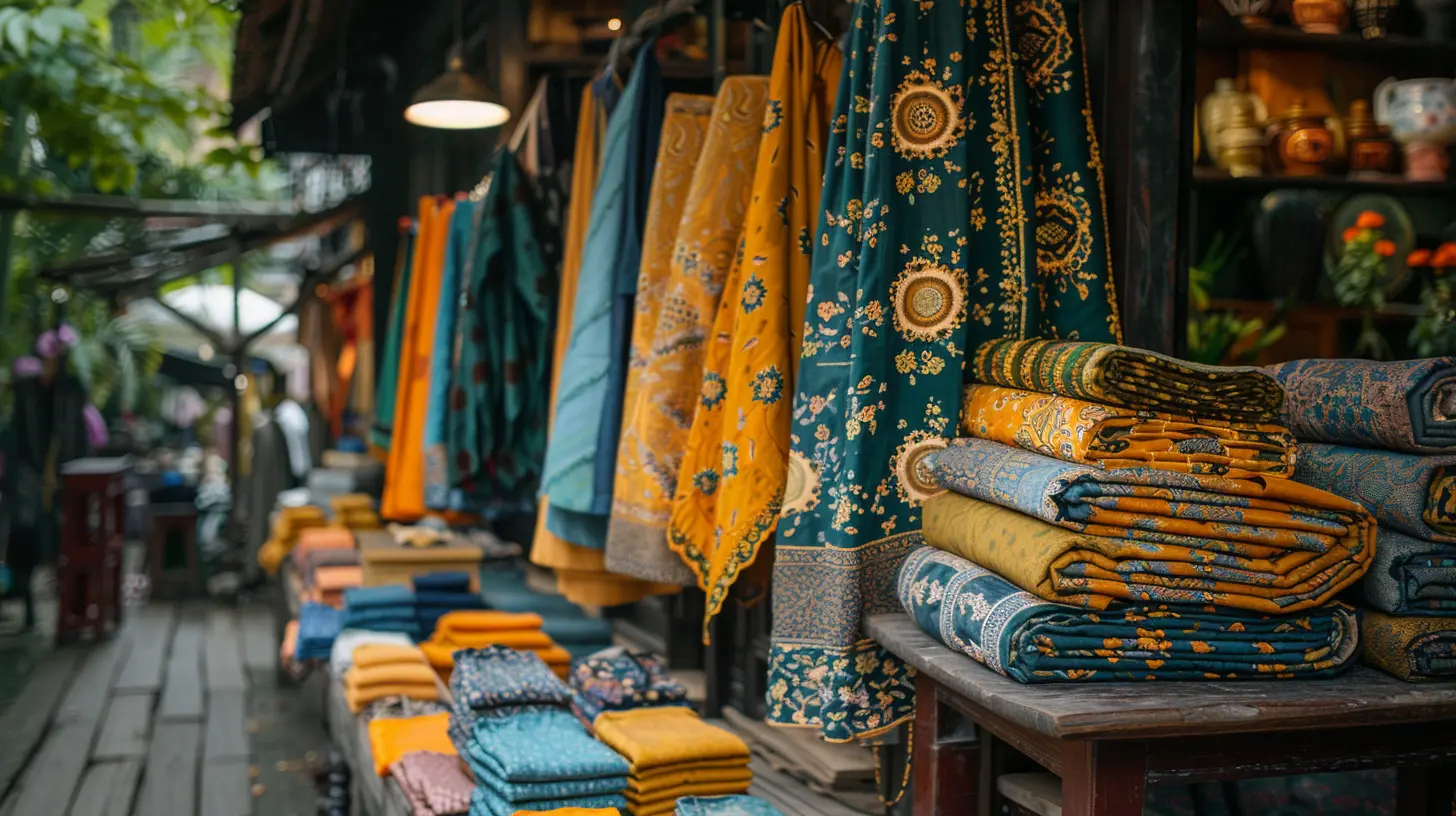
Modern Adaptations: When Tradition Meets Trend
Here’s the thing about cultural clothing: it doesn’t stay static. As the world becomes interconnected, traditional garments are evolving. Designers are blending classic elements with contemporary styles, creating a fusion that appeals to both tradition and modernity.For example, the Indian saree has undergone a revolution. While the traditional drape remains iconic, today’s modern versions come with pre-stitched pleats or are paired with crop tops. Similarly, the modern kimono is being worn open, like a trendy jacket, rather than its traditional wrap style.
This blending of old and new ensures that cultural attire remains relevant while honoring its roots. Isn’t it amazing how traditions continue to thrive while adapting to changing times?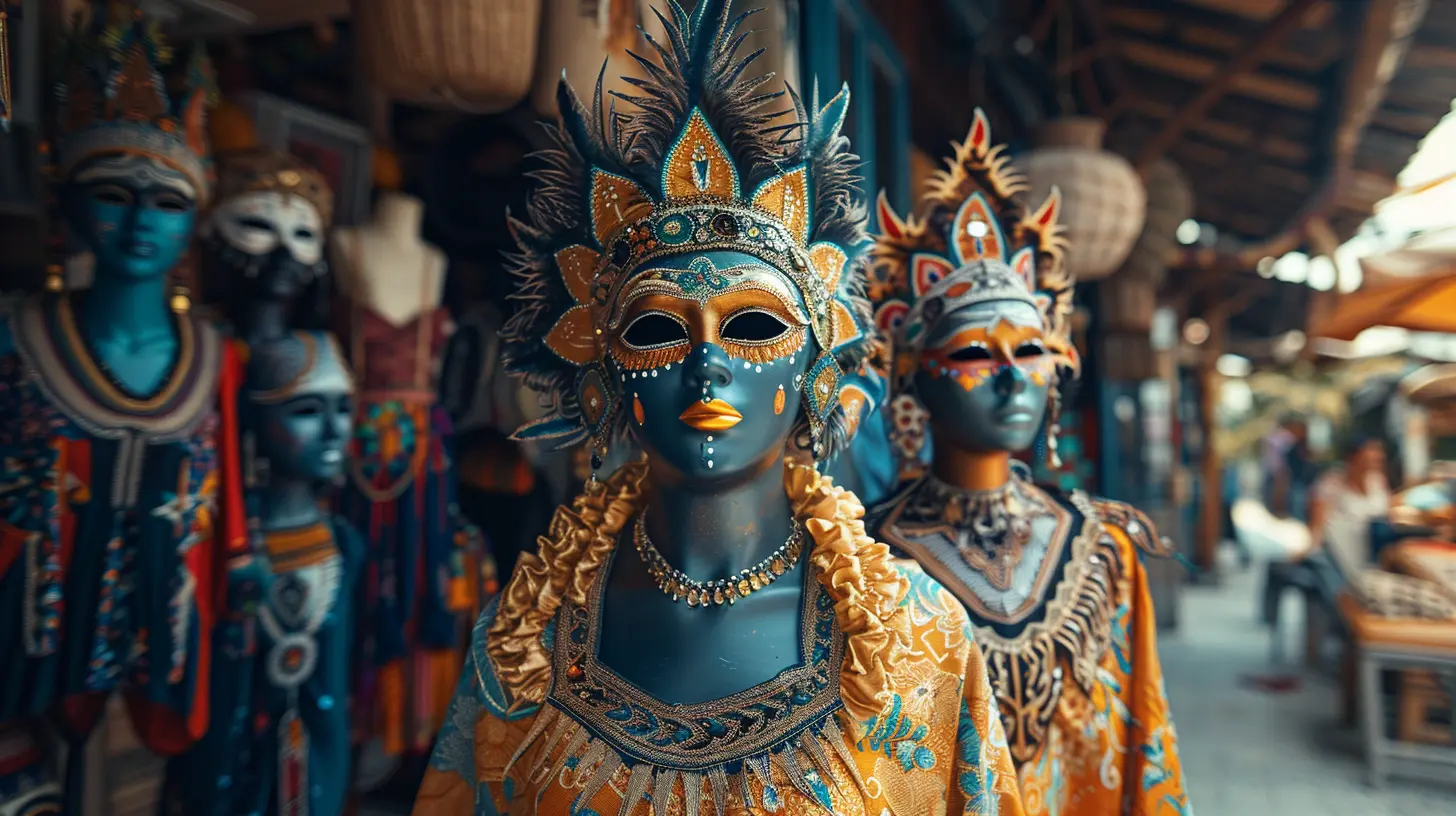
The Deeper Meaning Behind Cultural Attire
Before you think, “It’s just clothing,” let me stop you right there. When you dive deeper, you realize that every thread has a story, every color has a purpose, and every pattern has a voice. Wearing traditional clothing, particularly during rituals, isn’t just a passive act—it’s a way of honoring ancestors, preserving heritage, and connecting with a shared identity.If you’ve ever worn or even admired traditional clothing, you’ve been part of a global conversation that transcends language barriers. You’ve experienced what it feels like to wear history on your sleeve—literally.
Why Understanding Cultural Attire Matters
So, why should you care about cultural rituals and their clothing? Well, in a world that’s increasingly globalized, understanding these traditions fosters respect and appreciation for diversity. It reminds us that every culture has its unique rhythm, its own way of celebrating life.When you travel, pay attention to what locals wear during ceremonies—it’s like having a front-row seat to a cultural show. And who knows? You might even get inspired to incorporate elements of their traditions into your own wardrobe. Cultural attire isn’t just about the past; it’s a bridge to the future.
A Call to Explore: What Will You Discover?
Now that you’ve glimpsed the magic of discovering cultural rituals through clothing, I challenge you—yes, you!—to explore further. The next time you see a piece of traditional attire, ask yourself: What story does this tell? Better yet, start conversations with people from different cultures. You’d be amazed at how proud they are to share the meanings behind their traditional garments.Every fold, every stitch, and every color holds a universe of meaning. Are you ready to unravel it?
Conclusion
Clothing is far from ordinary—it’s extraordinary. It’s a storyteller, a time capsule, and a symbol of identity all rolled into one. From marking pivotal life events to celebrating festivals, what we wear is deeply intertwined with who we are. By understanding the cultural significance of clothing, we not only gain insight into other communities but also connect with the threads that bind us all as humans.So, the next time you slip into something special, remember: you’re not just wearing fabric; you’re donning history, tradition, and human connection.
all images in this post were generated using AI tools
Category:
Cultural ExperiencesAuthor:

Winona Newman
Discussion
rate this article
12 comments
Calyx Fields
What a fascinating exploration of how clothing reflects cultural rituals! Your insights into the symbolism behind traditional garments truly highlight the connection between fashion and identity. Can't wait to dive deeper into these vibrant cultures and the stories their attire tells!
February 24, 2025 at 4:06 PM

Winona Newman
Thank you! I'm glad you found the exploration meaningful. Clothing indeed holds rich stories that connect us to our cultural identities. Happy diving into these vibrant traditions!
Aleta Morris
Embrace the beauty of cultural diversity through clothing! Each garment tells a story, inviting you to connect with traditions and celebrate our shared humanity.
February 1, 2025 at 3:55 AM

Winona Newman
Absolutely! Clothing is a powerful storyteller that bridges cultures and fosters understanding. Let’s celebrate these traditions together!
Sera Bowers
Clothing reveals rich cultural traditions, enhancing our understanding of rituals.
January 26, 2025 at 5:15 PM

Winona Newman
Thank you for your insight! Clothing truly serves as a powerful window into cultural traditions and rituals, enriching our understanding of diverse societies.
Shania Kirkpatrick
Ah, yes, nothing says "authentic cultural experience" quite like donning a local outfit for that perfect Instagram shot. Who needs to understand the rituals when you can just accessorize your way through cultural appreciation? Fashion over function, right?
January 22, 2025 at 3:40 AM

Winona Newman
I appreciate your perspective! It’s important to strike a balance between enjoying fashion and genuinely engaging with cultural practices. Both can coexist and enhance our understanding of diverse traditions.
Zarenith McFee
Fascinating insights on how clothing uniquely expresses cultural traditions globally!
January 18, 2025 at 4:22 AM

Winona Newman
Thank you! I'm glad you found the insights fascinating—clothing truly is a powerful medium for expressing cultural identity and traditions.
Candice Holland
Who knew clothing could be the passport to cultural enlightenment? Forget boring tours—let’s dive into rituals where pants are optional, hats are mandatory, and every outfit tells a story! Fashionably curious, anyone?”
January 16, 2025 at 5:03 PM

Winona Newman
Absolutely! Clothing is a vibrant storyteller of culture, revealing traditions, beliefs, and histories. Let’s embrace the journey!
Solaria Kirkpatrick
Clothing is a powerful storyteller, revealing rich cultural narratives. Embrace the transformative experience of exploring rituals through attire—it's an enlightening journey that deepens our appreciation for diverse traditions.
January 15, 2025 at 3:28 PM

Winona Newman
Thank you for your insightful comment! I completely agree—clothing indeed serves as a potent medium for sharing and understanding cultural narratives and rituals. It's a journey that enriches our appreciation for diversity.
Khloe Romero
This article beautifully highlights how clothing connects us to cultural rituals, fostering deeper appreciation and understanding. Thank you!
January 15, 2025 at 3:32 AM

Winona Newman
Thank you for your kind words! I'm glad you found the connection between clothing and cultural rituals meaningful.
Will Dillon
This article beautifully captures how clothing transcends mere fashion, revealing deep cultural rituals and traditions. It inspires us to appreciate the stories woven into every garment, fostering a greater understanding of diverse cultures and their rich histories.
January 14, 2025 at 6:03 PM

Winona Newman
Thank you for your insightful comment! I'm glad you found the article resonant and inspiring in highlighting the profound connections between clothing and culture.
Dakota McGeehan
Clothing tells stories that transcend time! It’s amazing how each garment carries cultural significance, bringing us closer to traditions and the vibrant tapestry of humanity. Love this!
January 14, 2025 at 3:45 AM

Winona Newman
Thank you! I completely agree—clothing is a powerful storyteller, connecting us to our heritage and each other in profound ways.
Maxine Larsen
Who knew a pair of trousers could tell more stories than my Aunt Edna at Thanksgiving? Let's unravel those threads of culture together!
January 13, 2025 at 3:49 PM

Winona Newman
Absolutely! Clothing is rich with history and meaning, often reflecting the diverse stories of cultures and traditions. Let's explore these narratives together!
Reese Rhodes
This article beautifully highlights how clothing embodies cultural rituals, offering a unique perspective on traditions and fostering deeper understanding. Great insights!
January 12, 2025 at 5:13 PM

Winona Newman
Thank you for your kind words! I'm glad the article resonated with you and sparked a deeper appreciation for the connection between clothing and cultural rituals.
MORE POSTS

Monochromatic Adventures: Mastering Black and White Travel Photography
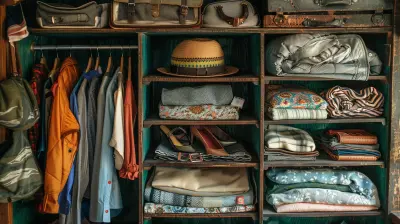
The Capsule Wardrobe Traveler: Packing Clothes That Mix and Match

Navigating TSA: Packing Tips for Smooth Security Checks
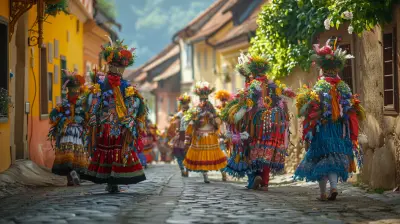
Behind the Scenes: Rituals and Customs of Local Celebrations

Dreamy Safari Adventures to Check Off Your Travel Wish List

Wild Encounters: Spotting Rare Animals in High-altitude Habitats

How to Handle Limited Space on Long Haul Flights: Smart Use of Seat Area

Preparing for Your First Ultra-Long Haul Flight: What to Expect